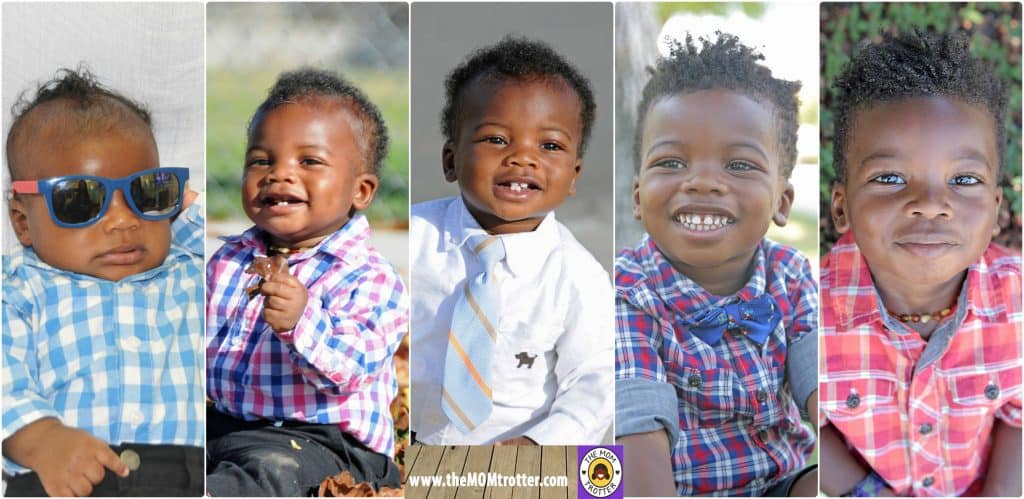
Baby Modeling Agencies: A Comprehensive Guide for Parents
Introduction
The world of baby modeling is a captivating and lucrative industry that offers unique opportunities for young children. Baby models grace the covers of magazines, appear in commercials, and showcase products designed specifically for infants and toddlers. While the prospect of seeing your little one in the spotlight can be thrilling, it’s crucial to approach baby modeling with a realistic understanding of the industry and its requirements. This comprehensive guide will provide parents with all the essential information they need to navigate the world of baby modeling agencies and make informed decisions about their child’s potential career.
Understanding the Industry
Baby modeling is a highly competitive field, with agencies receiving countless submissions from parents eager to showcase their children’s talents. To stand out in this competitive market, it’s important to understand the specific requirements and expectations of the industry.
Age and Appearance
Most baby modeling agencies seek infants and toddlers between the ages of 0 and 3 years old. The ideal physical attributes for baby models include clear skin, bright eyes, a symmetrical face, and a charming personality. Agencies also consider the child’s overall health, development, and temperament.
Skills and Abilities
While natural beauty is essential, baby models also need to possess certain skills and abilities. These include the ability to follow directions, maintain eye contact, and interact comfortably with strangers. Agencies may also require babies to have experience in front of the camera or in performing simple tasks.
Finding a Reputable Agency
Choosing the right baby modeling agency is crucial for your child’s safety, well-being, and career prospects. Here are some key factors to consider when selecting an agency:
- Reputation: Research the agency’s reputation by reading online reviews and testimonials from previous clients.
- Experience: Look for agencies with a proven track record of success in the baby modeling industry.
- Contracts: Carefully review the agency’s contracts to ensure they are fair and transparent.
- Fees: Be aware of any upfront fees or commissions charged by the agency.
- Support: Choose an agency that provides support and guidance to both parents and children throughout the modeling process.
Preparing Your Child
Before submitting your child’s portfolio to an agency, it’s important to prepare them for the potential challenges and rewards of baby modeling. Here are some tips:
- Talk to your child: Explain the concept of modeling and discuss their interest in pursuing it.
- Practice posing: Help your child practice posing in front of a mirror or camera to improve their confidence and naturalness.
- Build their portfolio: Create a portfolio of high-quality photographs that showcase your child’s best features and abilities.
- Attend workshops: Consider enrolling your child in workshops or classes designed to develop their modeling skills.
The Modeling Process
Once your child has been signed with an agency, the modeling process typically involves the following steps:
- Auditions: Agencies will hold auditions to assess your child’s suitability for specific assignments.
- Bookings: If your child is selected for a job, the agency will negotiate the terms and conditions of the booking.
- Preparation: The agency will provide instructions on how to prepare your child for the shoot or event.
- Shoot or event: Your child will attend the shoot or event and perform as directed by the photographer or client.
- Payment: The agency will handle the payment and distribution of earnings to your child.
Legal Considerations
Baby modeling is a regulated industry, and there are specific legal considerations that parents need to be aware of:
- Child labor laws: Ensure that the agency complies with all applicable child labor laws regarding working hours, breaks, and education.
- Parental consent: Parents must provide written consent for their child to participate in modeling activities.
- Trust accounts: Agencies may establish trust accounts to manage your child’s earnings until they reach a certain age.
Ethical Concerns
While baby modeling can be a rewarding experience, it’s important to prioritize your child’s well-being and ethical considerations:
- Avoid exploitation: Ensure that the agency does not exploit your child or pressure them into uncomfortable situations.
- Respect your child’s limits: Pay attention to your child’s cues and respect their need for breaks or time off.
- Consider the long-term impact: Be mindful of the potential long-term effects of baby modeling on your child’s self-esteem and development.
Conclusion
Baby modeling can be a wonderful opportunity for young children to showcase their talents and earn some extra income. However, it’s crucial to approach the industry with a realistic understanding of the requirements, expectations, and ethical considerations involved. By choosing a reputable agency, preparing your child adequately, and prioritizing their well-being, parents can help their little ones navigate the world of baby modeling safely and successfully.
